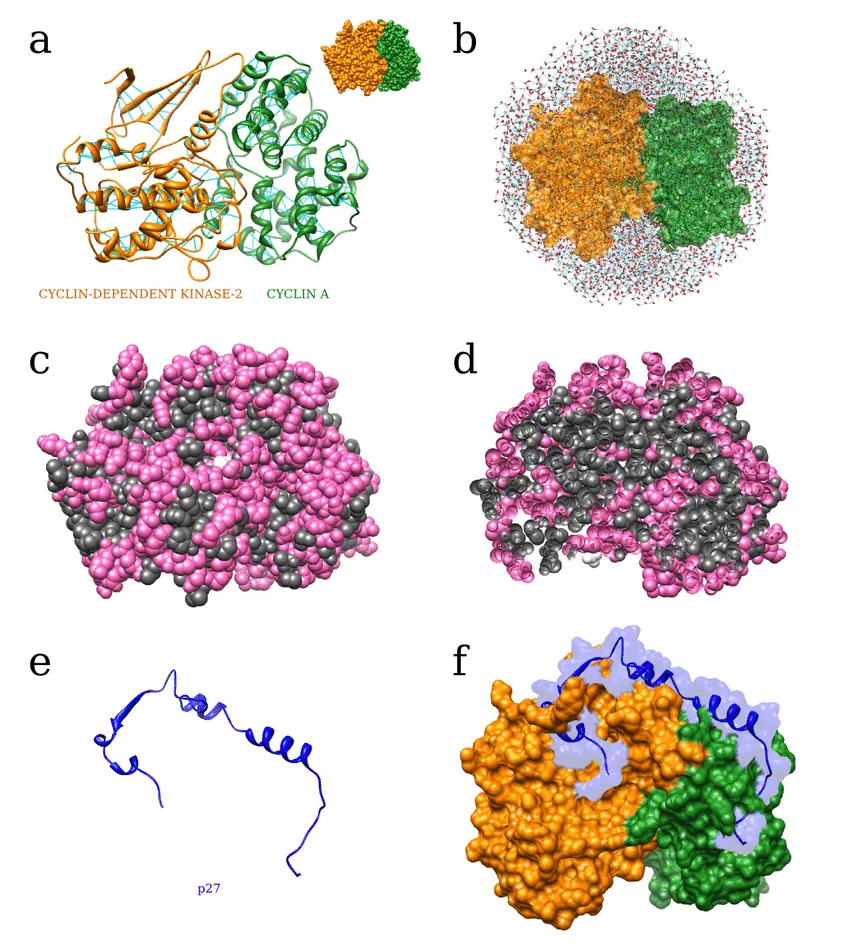3. Techniques for Determining Protein Structures
To achieve the ambitious goal of determining 3D structures of over 500 proteins within a year, Spine Europe 3D will utilize state-of-the-art methods for high-throughput (HTP) protein structure determination:
- X-ray Crystallography: This technique is one of the most widely used methods for determining the 3D structure of proteins, especially those that form well-ordered crystals. It provides atomic-level detail of protein structures and is particularly powerful for larger proteins and complexes.
- Nuclear Magnetic Resonance (NMR) Spectroscopy: NMR is ideal for studying smaller proteins and their dynamics in solution. It is particularly useful for understanding how proteins interact with other molecules, such as inhibitors or cofactors.
- Cryo-Electron Microscopy (Cryo-EM): This rapidly advancing technique is useful for determining the structures of large macromolecular complexes and membrane-bound proteins, which are difficult to crystallize.
4. Applications and Impact
The impact of generating detailed 3D structures of these medically relevant proteins is profound:
- Drug Discovery: Structural data allows for rational drug design, where compounds can be developed to specifically bind to a protein’s active site or allosteric sites, modulating its function.
- Diagnostic Tools: Understanding protein structures can lead to the development of biomarkers for early diagnosis of diseases like cancer or neurodegenerative disorders.
- Vaccine Development: By understanding how viral proteins interact with host cells, researchers can design vaccines that block these interactions, preventing infection.
